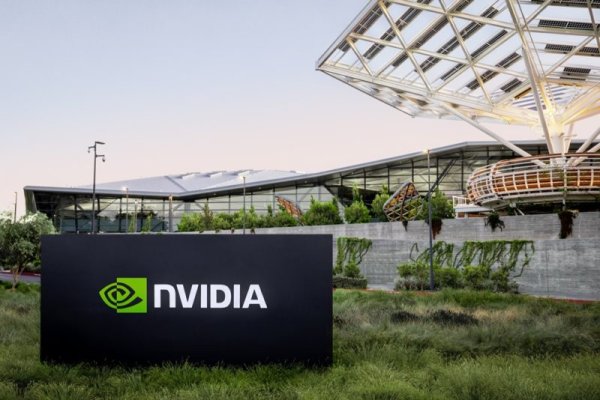Can Panther Lake turn around Intel s handheld business in one fell swoop?

As Intel held a Tech Tour at FAB in Arizona, more technical details about Panther Lake were gradually exposed. This SoC, equipped with Intel's most advanced process, seems to be quite powerful in terms of CPU performance, GPU performance, and the energy efficiency that everyone is most concerned about. Because Panther Lake can provide Lunar Lake-level energy efficiency, Intel also sees it as a weapon that can take over Lunar Lake and capture more of the handheld console market. Can Panther Lake turn around Intel's handheld console business in one fell swoop?
Indeed, judging from the technical details, Panther Lake performs well in terms of GPU performance, which is most important in handheld consoles, because it is equipped with the latest Xe3 (Celestial) architecture, even ahead of its own desktop Arc graphics card. From the currently exposed processor specifications, we can see that the highest specification Core Ultra X9 388H and the Core Ultra 7 358H, which is expected to become the main shipping specification, both have 12 Xe cores, which is a 50% increase from the previous generation Lunar Lake internal display 140V.
Is Panther Lake a temporary choice?Judging from the hardware specifications alone, if only 8 Xe cores 140V can almost equal AMD's current strongest handheld processor, Z2 Extreme, then Panther Lake, which has a more advanced architecture and more cores, is expected to surpass Z2 Extreme in one fell swoop and become the performance king of handheld processors in an instant. Coupled with the energy efficiency that is on par with Lunar Lake and already has a clear advantage compared with Z2 Extreme, Panther Lake can indeed be regarded as the immediate choice for the next generation of handheld processors.
However, whether the performance of the GPU can be fully utilized is also a key factor in whether the driver and game experience enhancement technologies that have been widely used by players, such as frame increasing or frame generation, can smoothly cooperate with the hardware. Although Intel is still at a disadvantage when it comes to driver maturity in the face of AMD, which has been in the market for a longer time, but after two generations of Meteor Lake and Lunar Lake and OEM (MSI) polishing, the previous situation where a simple driver update would cause drastic changes in performance has gradually become less common, which means that the driver has gradually become more stable.
Handheld gaming experience will undergo huge changesNot only that, Intel is even expected to overtake AMD in the field of game gain technology, because it has been predicted that it will slow down, which means that the driver will gradually stabilize. Not only that, Intel is even expected to overtake AMD in terms of game gain technology, because it has already announced that it will launch the third generation of XeSS 3 with Panther Lake, including XeSS MFG multi-frame generation technology that has not yet been seen on AMD platforms.
In the past, pursuing multi-frame generation on internal displays with insufficient performance may have been a fish in the woods, because multi-frame generation technology must have enough original frames to bring actual gain. Therefore, it is reasonable to promote multi-frame generation on Panther Lake, which has been upgraded in architecture and core scale. It is also expected to bring huge changes to the handheld gaming experience. I only hope that it can win the favor of more OEMs, which will also help AMD step up its pace to launch handheld processors with Zen 6 architecture and continue to improve the gaming experience of handheld machines.
Further reading: Panther Lake is gradually emerging. Can Intel make a desperate counterattack?













